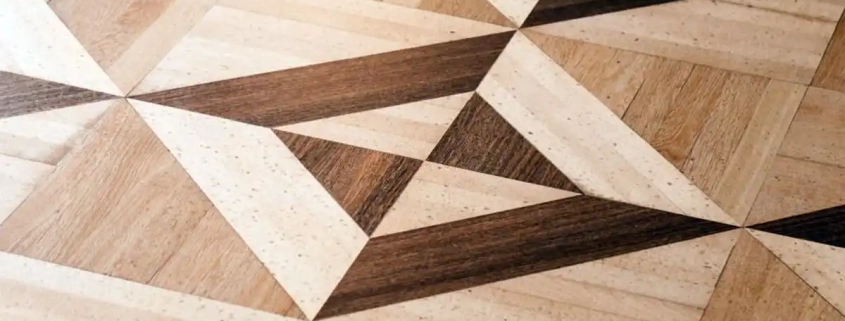Decorative Panels – Adding Artistry to Your Furniture
Decorative Panels – Adding Artistry to Your Furniture
Decorative panels are an easy way to elevate any piece of furniture. They can help create a focal point, add texture and visual interest to a room and even hide unsightly wires and cables behind a TV unit.
The key is to choose a panel that complements the style of your home and furniture. Here are a few tips on using them to achieve the perfect look:
Create a Cohesive Design
Decorative panels offer design versatility. They’re available in multiple sizes that can be mixed and matched for wainscoting, walls or backsplashes. They’re also offered in a number of designs, including geometric, 3D textured, pure acrylic, stone look and rustic wood.
Unlike other wall decorations, decorative panels are easy to clean and maintain. Regular dusting and wiping will keep them looking like new. Many of them can even be cleaned with everyday all-purpose cleaners. This may be particularly helpful for households with young children or heavy foot traffic.
They also help conceal wiring and other built-in wall components that are an eyesore. This can be a huge benefit for households that rent their spaces. They can remove the panels without damaging the walls and take them with them to their next home. This way, they can save themselves the cost of having to redecorate.
Match Design Styles
The beauty of decorative panels is that they can easily be matched to a variety of design styles. For example, a raised panel style creates a picture frame effect on your walls and is ideal for those with a more traditional aesthetic. Conversely, flat panel wainscoting has a contemporary look that is well-suited for modern homes.
Additionally, some panels offer a more rustic look and can be used to add texture to spaces. For example, natural wood panels can enhance the warmth of a space, while plaster bas-relief panels bring a subtle, sculptural element to a room.
Decorative wall profiles also make it easy to transform a space without spending a fortune on a full renovation. Many types of decorative panels are easy to clean and can withstand regular wear and tear. For instance, you can simply wipe your panels down with a rag or sponge to get rid of dust and marks. This is particularly helpful in high-traffic areas or for households with children.
Add a Focal Point
Decorative panels are a great way to add an eye-catching focal point to your home. They come in a variety of shapes and styles, so you can find one that will work best with your space. Whether you choose a geometric pattern or something with a more organic feel, your panel will become an important part of the design.
The color of the panel is also important. For example, if you have neutral walls, a panel in a bold color will help draw the eye and catch people’s attention. Similarly, a panel in natural wood will add warmth to your space. If you want a more modern aesthetic, try a black panel — it goes with virtually any other color and will look sophisticated and stylish.
Decorative panels can even replace wall art, which can be a bit more expensive than panels. You can still hang artwork, but your panel will be a bit cheaper and easier to install.
Consider the Material
When it comes to adding artistry to your furniture, the material of your decorative panel can make or break its overall look. For example, natural wood paneling provides warmth and texture that is hard to match.
But, if you don’t have the budget to install real wood panels, medium-density fiberboard (MDF) wall panels can create a similar look for a fraction of the cost.
MDF panels also offer the opportunity to use a variety of decorative techniques including laser cutting and carving.
Additionally, MDF can be painted any color you like, allowing you to customize the look of your panels even more.
Another popular choice for decorative panels is a chalkboard finish. This option can add a modern, minimalist feel to your space and is easy to clean. MDF panels can even be carved to create a bas-relief design. This type of sculptural technique creates the illusion that your decorative panels are raised off the furniture surface, adding depth to your room.




Leave a Reply
Want to join the discussion?Feel free to contribute!